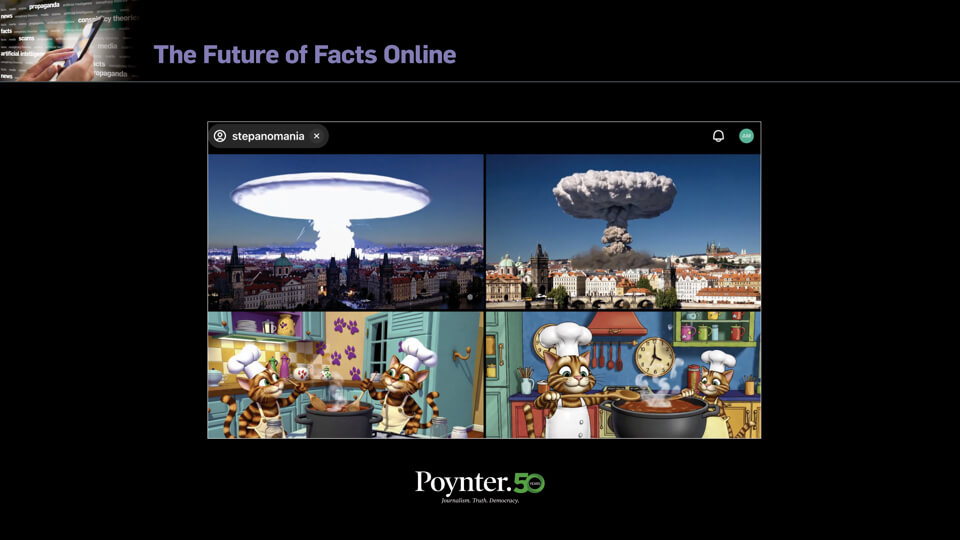Hearst announced in June it was pooling the resources of its eight Connecticut daily newspapers and another 14 weeklies and websites to launch a new statewide digital site, CTInsider.com.
The venture draws on a total news staff of 160, with just a small group dedicated to assembling the report.
It’s the culmination of a Hearst initiative dating back 15 years that has gradually assembled properties to build a statewide presence in most of Connecticut’s largest cities except Hartford.
At a time where it takes some looking to find positive trends in the newspaper industry, this is one. Bigger chains and strong individual papers from Florida to Ohio to Charleston to Arkansas have decided in the last few years to leverage the news and business potential of going statewide.
At Hearst Connecticut, newly assigned executives have been put in place to do the groundwork and now the execution of the statewide plan. Mike DeLuca, who had been directing advertising for all Hearst papers, came onboard as president and publisher of the group in May 2019. Wendy Metcalfe — a recruit whose career had been at Canadian papers, including a stint editing the Toronto Sun — joined as group vice president of content and editor-in-chief that November.
From a small base, paid digital subscriptions have increased tenfold over the last 18 months, Metcalfe said. The group is targeting 50,000 by early 2022.
[the_ad id=”667826″]
Hearst Connecticut is following a freemium model. A base of content is free but accessing more ambitious premium articles gets you to a paywall. Digital subscriptions to the new statewide site also provide access to local sites — and vice versa.
The initiative is not described as an offensive against The Hartford Courant’s franchise, but that’s not far beneath the surface. “We’re fortunate to be part of Hearst with its deep roots in journalism,” DeLuca said. “We are choosing to invest, filling the void in what’s happening around us.”
News staff is up a net of 10 positions, Metcalfe said. That includes a half-dozen from the Hartford Courant, including a top sports columnist and a food writer. The Courant, a Tribune Publishing property, has been shedding staff since Alden Global Capital gained seats on the company’s board in late 2019. More cuts are in the works now that Alden bought the company.
Even before the launch of CTinsider.com, Metcalfe said, the papers tracked lax police accountability in a yearlong series. A former member of The Boston Globe’s Spotlight team has been hired to direct investigations.
Metcalfe told me that sports is a particularly good example of the statewide approach. In Connecticut, the main sports story is UConn, UConn and more UConn, and the university is in the small, out-of-the-way town of Storrs. So Hearst Connecticut’s coverage serves all the papers and their digital sites as well at CTInsider.
DeLuca said the business focus for right now is on building a paid digital audience, but he expects that the number of paying readers will support increased digital ad sales by next year.
As interesting to me as the current initiatives is how Hearst gradually built out the state franchise. DeLuca provided this list:
- The (Danbury) News-Times, purchased from CNHI in March 2007 four months after it acquired the publication from Dow Jones
- Stamford Advocate and Greenwich Time from Tribune in November 2007
- Connecticut Post in Bridgeport from MediaNews Group in 2008.
- The Norwalk Hour from a family trust in April 2016
- New Haven Register from Digital First in June 2017 (The Register was the flagship of one of Digital First’s predecessor companies, Journal Register)
All but the Danbury and Norwalk papers came from companies Alden now controls.
[the_ad id=”667872″]
I’ve also been interested in the broad return of a strategy built on statewide coverage in recent years, always a good thing for a comprehensive local report, made more logical with the rise of digital sites as print declines.
When newspapers were king in the late 20th century, extending the circulation area made sense for the sake of news breadth and bigger numbers to sell to advertisers. The News & Observer, based in Raleigh, North Carolina, covered Eastern North Carolina out to the ocean; The Des Moines Register all of Iowa.
In the 2007-2009 recession, most papers pulled back to the metro core of their circulation. Outlying areas were losing value to advertisers and expensive to service with print editions.
But statewide networks have made a comeback. Advance Local organized three state franchises (Alabama, Michigan and New Jersey) in its early move a decade ago to a predominantly digital strategy.
The Gannett/GateHouse merger opened opportunities in states like Ohio, where the combined company has papers in Columbus, Cincinnati, Akron and 16 other communities. In Florida, the Gannett stable now includes 18 titles, including Naples, Fort Myers, Sarasota, Pensacola, Tallahassee, Jacksonville and West Palm Beach.
In another variation, strong individual papers are branching out. Walter Hussman’s Arkansas Democrat-Gazette bought the Pine Bluff Commercial in August 2020, allowing him to cover the state from a Little Rock base as he moved to delivering news reports by tablet most days rather than print.
The family-owned Post and Courier in Charleston has opened or expanded bureaus in Greenville, Columbia and Myrtle Beach. An early project is seeking to measure corruption and other negative impacts of news deserts, parts of South Carolina no longer served by a newspaper.
One more example: The Advocate prevailed in its competition with The Times-Picayune in New Orleans and bought the paper, now operating with both names. It had the leverage of also owning papers in Baton Rouge and Lafayette, a setup for strong state coverage and investigative projects. (The backing of New Orleans multi-millionaire John Georges and his wife, Dathel Coleman Georges, helped, too).
Advance’s Al.com, The Post and Courier and The Advocate have all won Pulitzer Prizes for investigative reporting in the last decade.
Hearst is a privately held corporate equivalent of a benevolent billionaire owner. Its businesses span cable networks, health information and financial services as well as newspapers, local broadcast and magazines. Far from indifferent to the bottom line, it still can afford to invest now for a few years out.
Metcalfe’s last Canadian job was directing editorial operations and building paid digital circulation at a group of papers in New Brunswick, with heavy reliance on story-by-story traffic data and other audience input. That made the Hearst Connecticut job a fit.
She has had the freedom to divvy up or centralize editing (with a design and copy editing hub for the state), Metcalfe said, and to repurpose jobs as people depart.
DeLuca said that an appeal of his job is the ability to pace a transition from print to digital advertising. “Nearly all of our innovation is pointed (at digital),” he wrote in an email. “That said, print remains important and respected. Try and name another audience demographic that is more valued than the physical newspaper subscriber? One that pays for the paper and its advertising to show up at their door every morning? It’s an important audience that can’t necessarily be reached effectively through digital.”
Given that patient Hearst already identified five different Connecticut publishers when they were willing to sell, I wouldn’t be astonished to see it complete its portfolio with the Courant once Alden has wrung out a few years of profit and is ready to cash out.
[the_ad id=”667878″]







